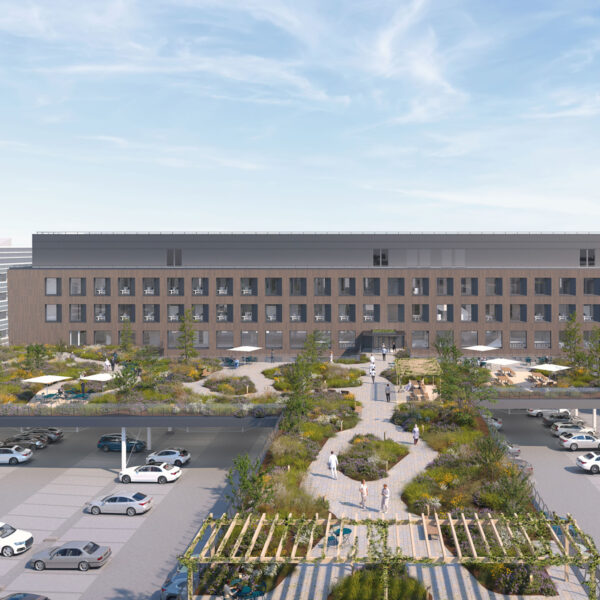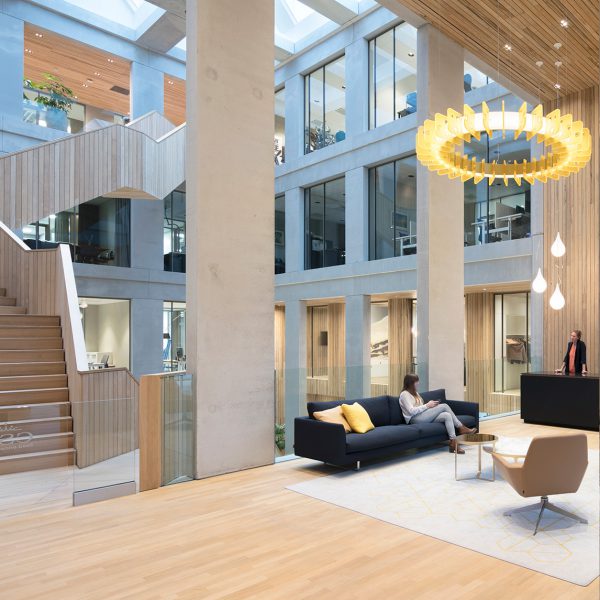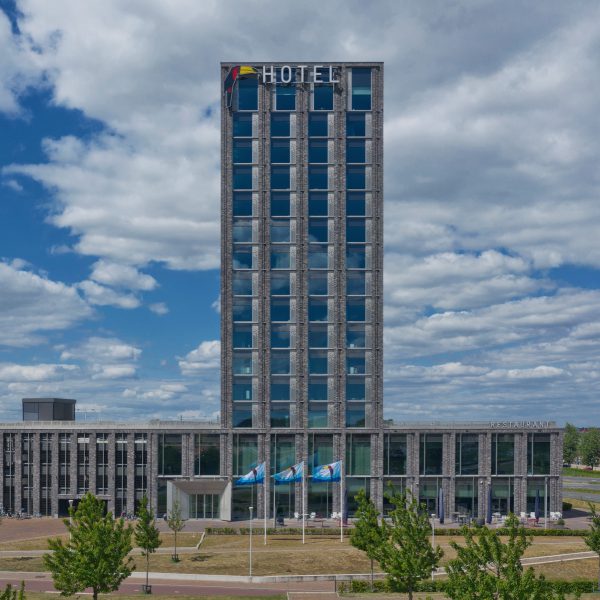Sustainable design is healthy design
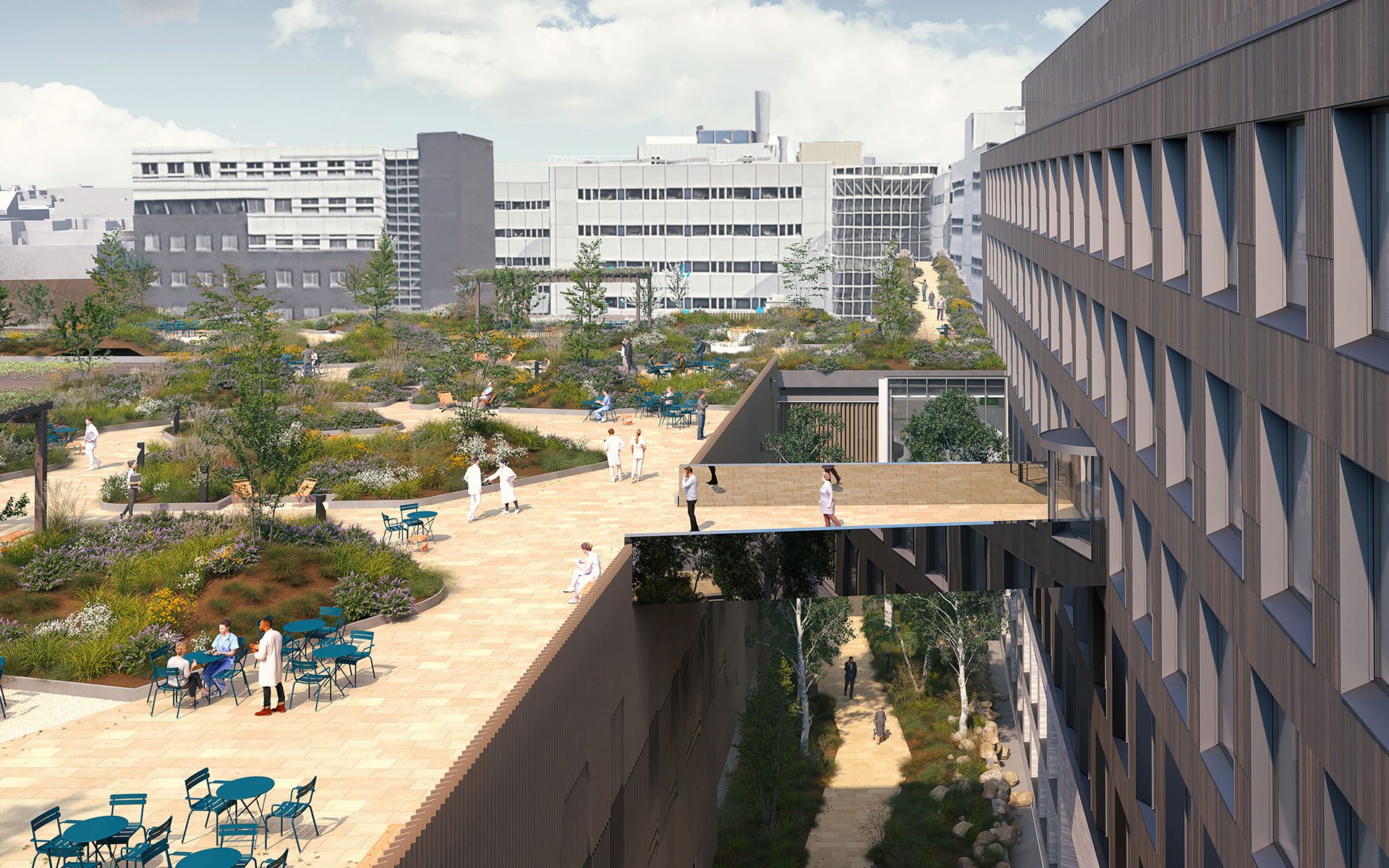
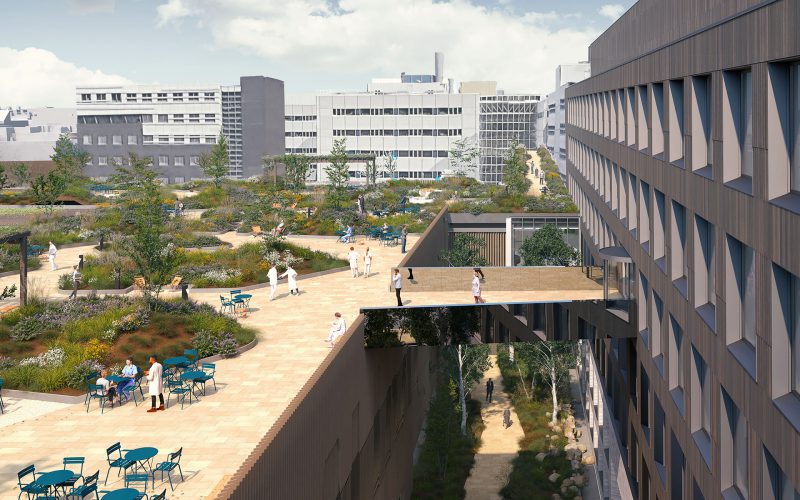
For us, sustainability goes far beyond saving energy and using natural materials. We believe in healthy buildings. Healthy buildings not only reduce their impact on the environment, but also provide their users with a healthy living environment. A sustainable ambition should be about creating long-term value: value for people, the environment and nature.
What is a healthy building?
A healthy building forms a vital environment to be in. At the same time, it is also a strong link in the social fabric and the physical environment. At every stage, from raw material extraction to reuse, a healthy building has little to no impact on the environment. Through its design, it takes future developments into account and retains its value for years to come.
Five building blocks of health
In designing a healthy building, we distinguish five building blocks, which we always consider in conjunction: social value, adaptability, use of materials, ecology and energy. It is important to remember that not everything is possible and not everything is possible at the same time. And of course, compact construction, with the least possible use of materials and square metres is always the most sustainable.

The five building blocks for healthy buildings with three possible priorities within each.
Setting priorities
What are the most important choices to be made? Should the building be maximally adaptive or does energy consumption take priority? The most important choice has the biggest impact on the final design; all subsequent choices (see illustration) have a slightly smaller impact each time. Suppose, for example, that your building must be maximally adaptive, this will affect choices in material use and efficiency of space.
Healthy dose of knowledge
Designing a building that takes care of its users’ health and the environment is always an integral process. Wiegerinck offers more than 75 years of design experience in health care, living with care, education and research. A wealth of knowledge enables us—together with our clients and technical partners—to create a sustainable, healthy environment.


